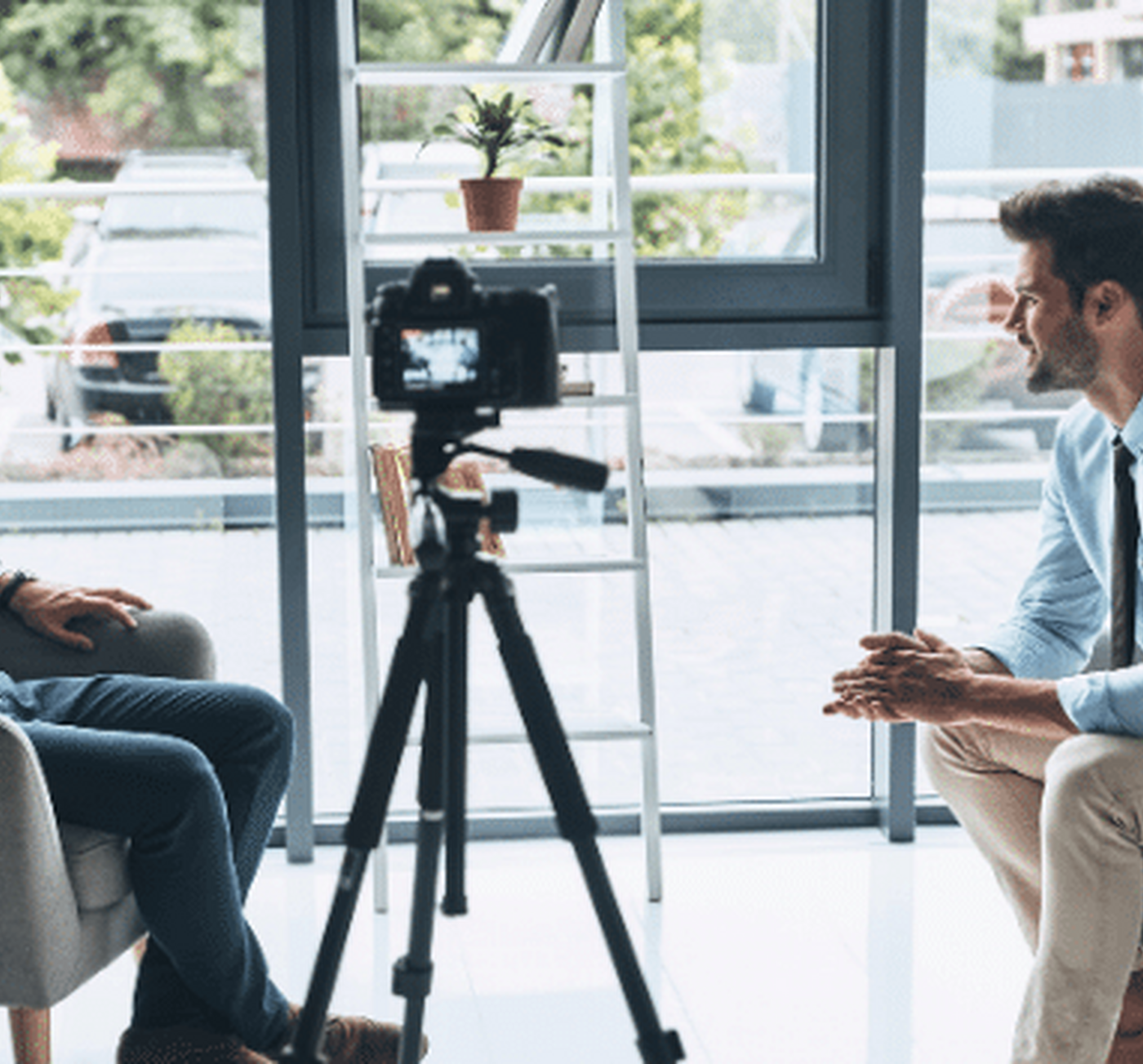LinkedIn is making it easier for organisations to interact with audiences online using LinkedIn Live and LinkedIn Events. This article will show you how to live stream with LinkedIn.
While neither LinkedIn Live nor LinkedIn Events are new, they are definitely worth a look. They can help you to promote or diversify your online offering and connect with B2B audiences.
What is LinkedIn Live?
LinkedIn Live enables you to stream content in real time onto LinkedIn via a streaming tool. It does not have an in-platform streaming option (like Facebook) at the moment.
LinkedIn Live is only available to company pages with over 1,000 followers. The platform also stipulates that pages must have demonstrated good page engagement i.e. responding to comments on its posts.
Once you’ve completed a live stream, your video will be saved and you can add the highlights on your company page video tab.
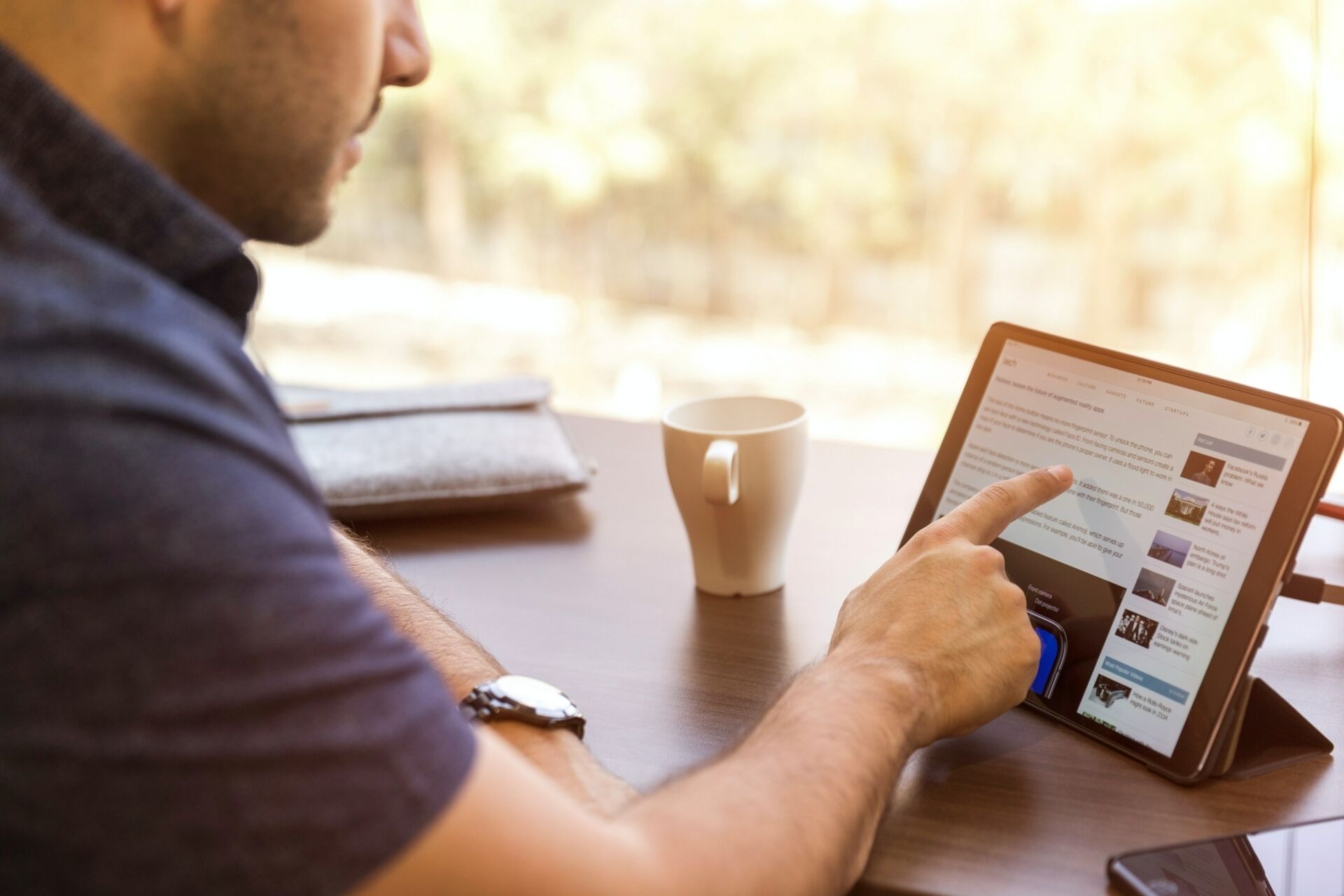
What is LinkedIn Events?
LinkedIn events launched last October but was only available to certain company pages. Now, in a bid to help companies connect with their audiences during coronavirus, it’s been rolled out (in Beta form) to all company pages.
The event set up is quite straightforward. It gives you the opportunity to add the usual event information and choose whether it is a public or a private event.
You can also choose whether you want your event to be online, such as a webinar, or offline (a traditional in-person event). When setting up an online event, you can add a link to the online platform you’ll be using to host the event.
You also have the option to use LinkedIn Live to stream what is happening directly into the LinkedIn Event. This will be increasingly useful as lockdown restrictions are lifted. Organisations will be able to host smaller, face-to-face events – such as roundtables and panel discussions – and stream them to a wider, remote audience.
You’ll find LinkedIn Events under the admin tools section of your company profile.
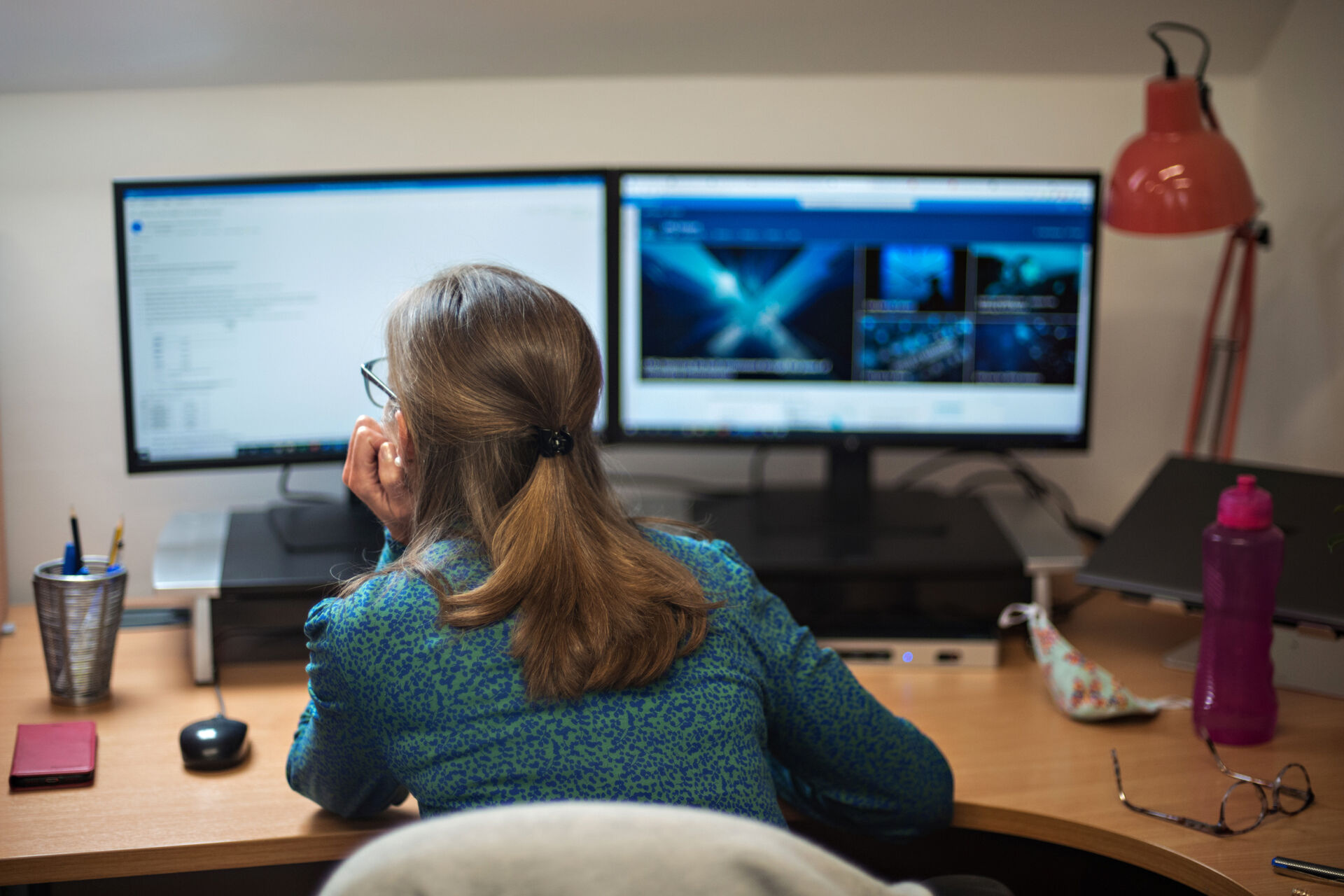
What is the difference between the two?
The main difference is audience accessibility.
LinkedIn Live allows you to host a live stream on your company page so anyone can see it (even if they don’t follow the page, they’d still be able to watch). But you can have much more control over who accesses a LinkedIn Event. Even in a public event, the admins have control over who attends the event.
Deciding which to use
When deciding between the two you need to think about what you want to achieve.
If you want the stream to be viewed by as many people as possible and achieve a bigger organic reach, use LinkedIn Live.
However, if you want to create a community, offer exclusive access, or if you have multiple target audiences and want to target a specific group, create a LinkedIn Event.
For organisations with less than 1,000 followers, LinkedIn Live is ruled out straight away.
However, it doesn’t have to be either / or. Both can be incorporated into your strategy. For example, if you’re launching a new product or service you could host a LinkedIn Event first to give existing customers and prospects an exclusive look. Then, a week or so later, host a LinkedIn Live on your company page that will go out more broadly to attract new leads.
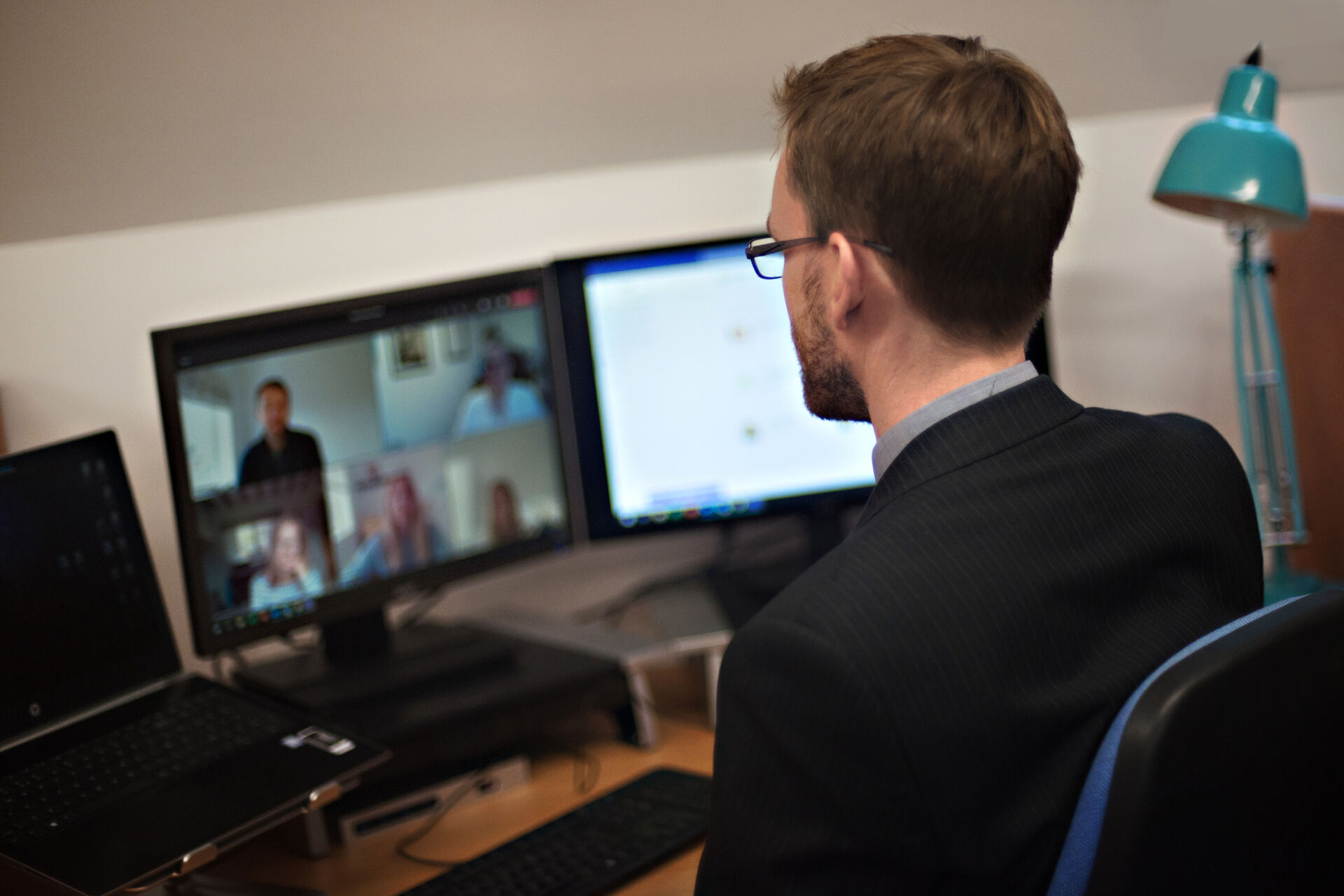
Tips for using LinkedIn Events
- Use a LinkedIn Event to generate interest for all of your events, such as webinars – even if they won’t be live streamed on LinkedIn.
- Make multiple people in your team admins so that they can invite their connections. This will help to maximise the number of people that are invited.
- Use the list of event attendees to follow up and let them know about future events they may want to join.
- Take a look at advice directly from LinkedIn. They’ve got two resources in particular with lots of great tips – the Virtual Events on LinkedIn: an Activation Playbook and the LinkedIn Guide to Hosting Events. More information about LinkedIn events can be found on the LinkedIn marketing solutions page.
This is one of a series of blogs about live streaming. Read our guide to getting started with live streaming here, and our tips for live streaming with Facebook here.
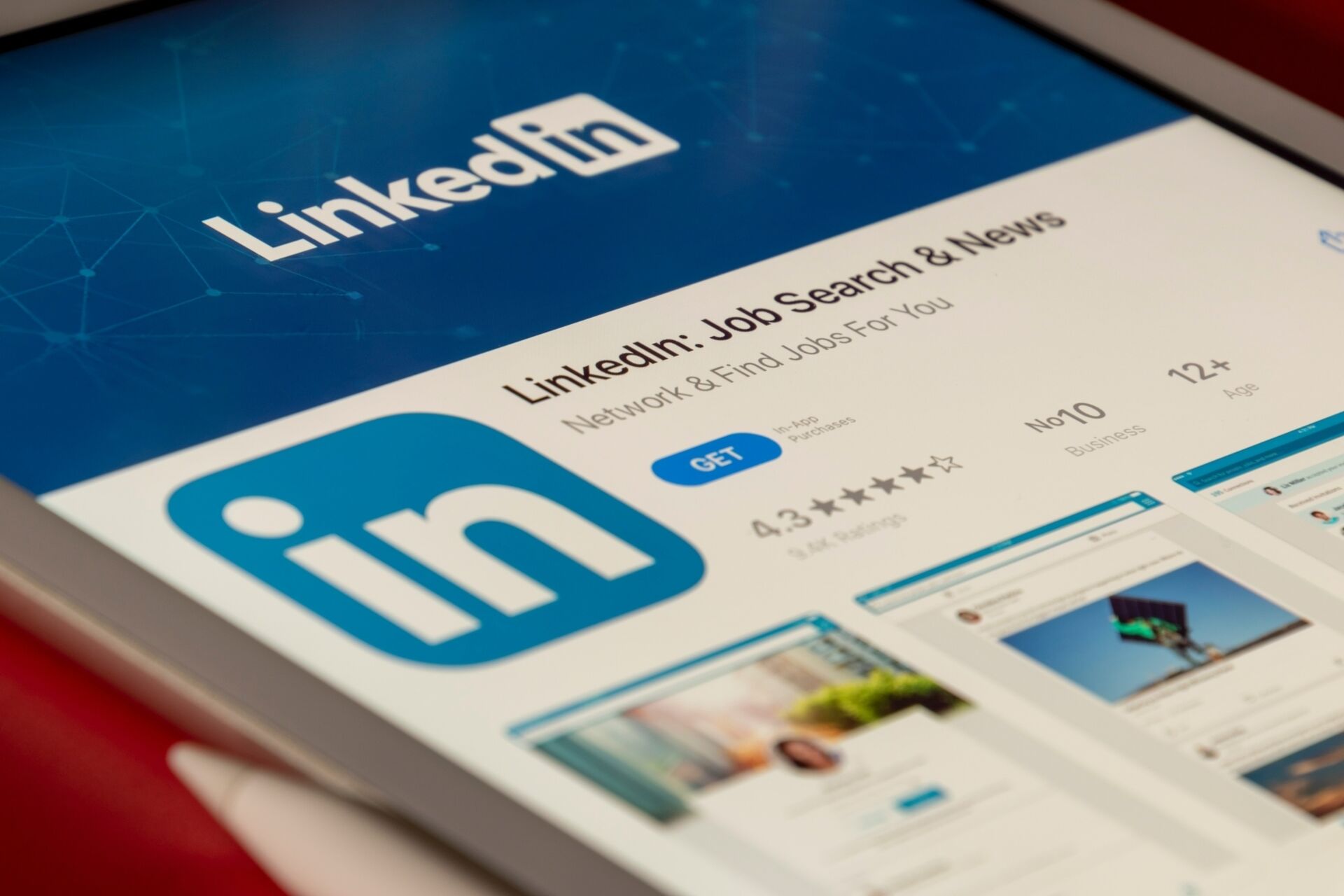
Do you have a project you want to talk to us about?
LMC is a PR and communications consultancy on a mission to help our clients change the construction, property and built environment sectors for the better.
Using our specialist knowledge and skills, we help clients to achieve their change agenda, building their reputation and profile around the topics that matter most.
If you need help to meet your ambitions and make a difference, please get in touch for an informal discussion about how we can help.
